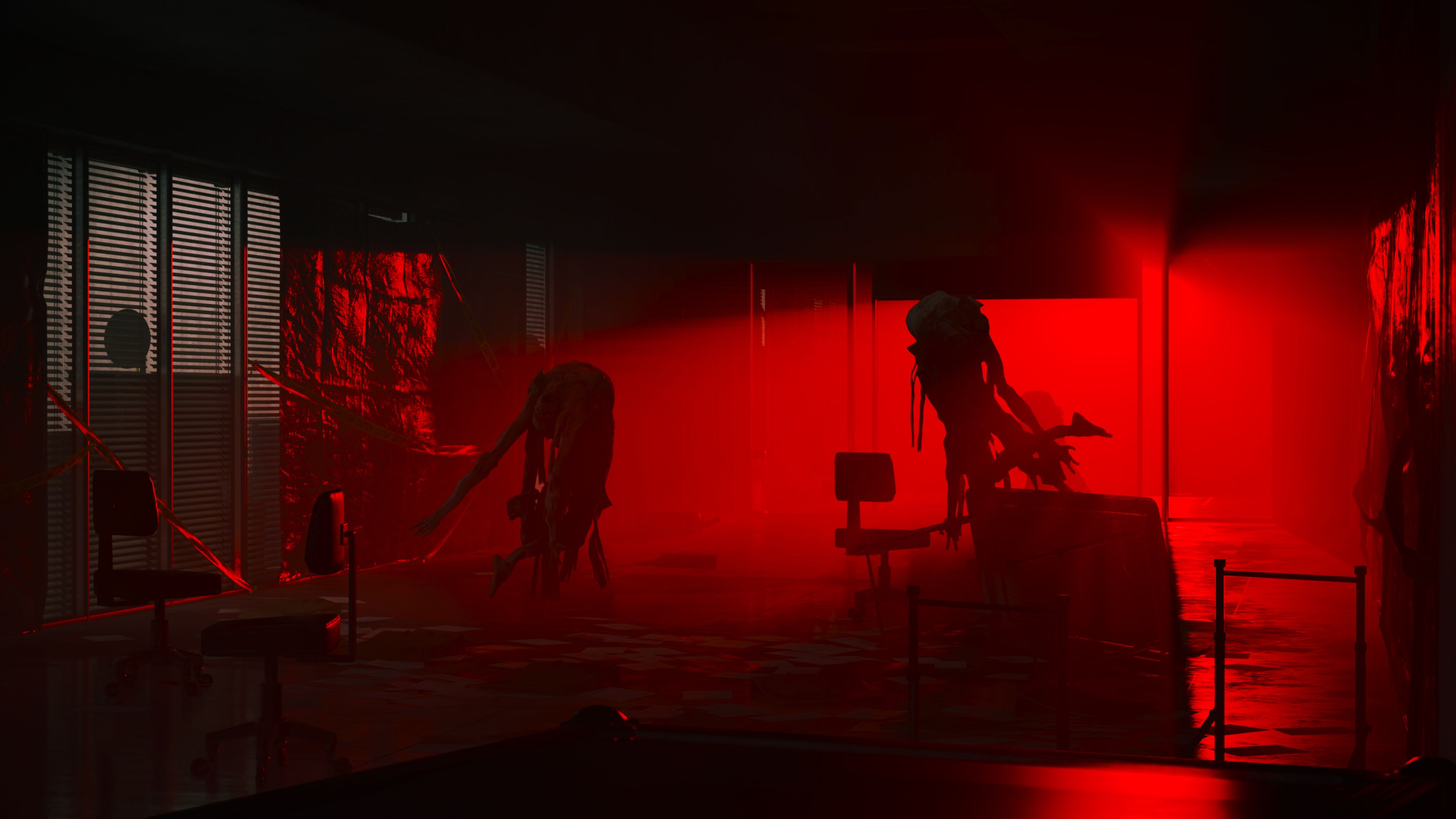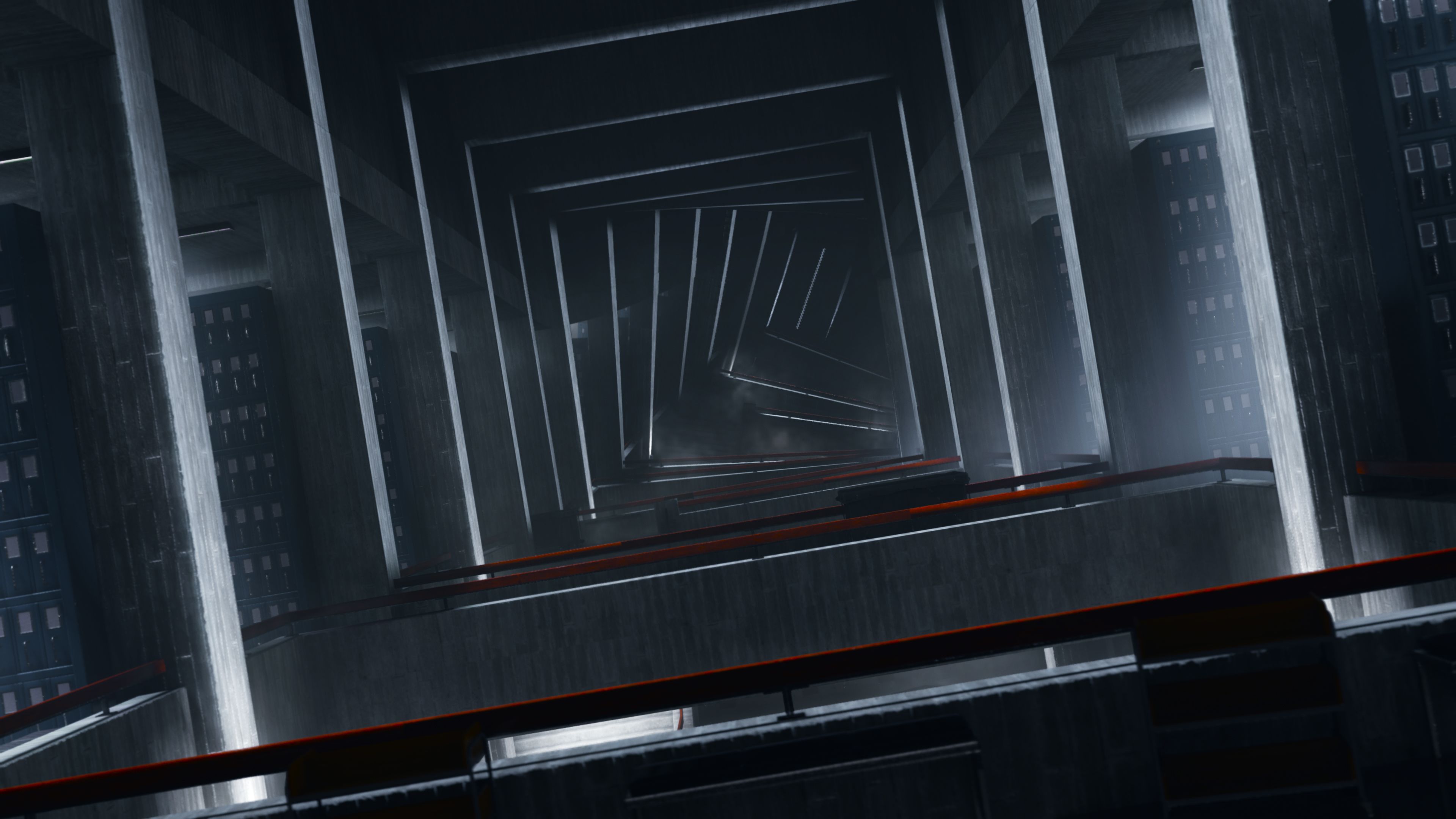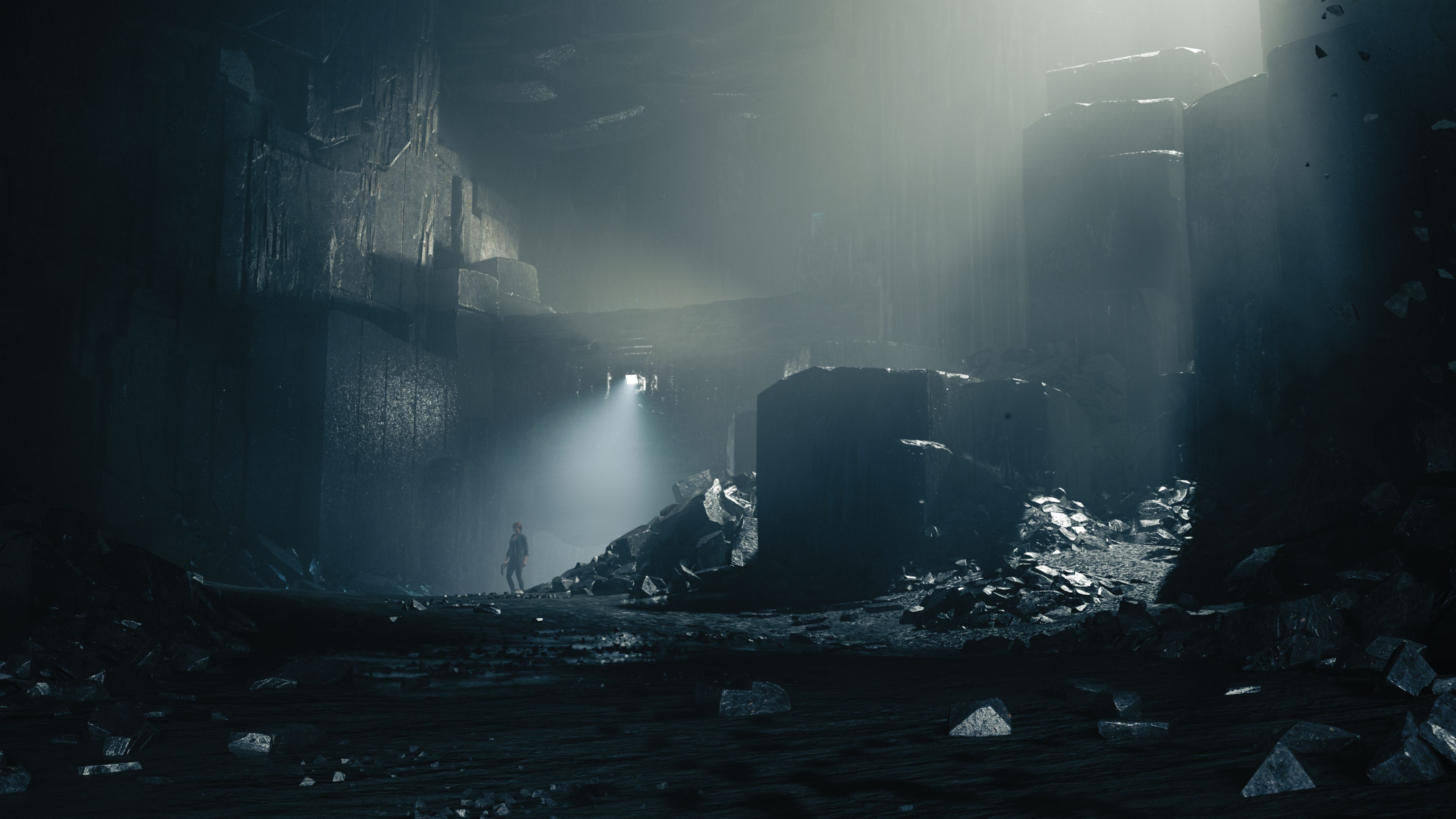Being a fan of Remedy Entertainment is a weird status since you so rarely get games from them. In their 23 years of existence they have only put out 7 games, though they have had long stretches between their larger releases. Max Payne 2: The Fall of Max Payne to Alan Wake was seven years; Quantum Break followed six years later after a re-release of Death Rally, a standalone extension of Alan Wake in American Nightmare, and a tower defense game called Agents of Storm. Now Remedy is back in full force with Control, which is being published by 505 Games for Windows PC, PlayStation 4, and Xbox One later this year. While Control retains the hallmarks of Remedy's output, namely a focus on narrative, character, and in-game live-action videos, it's definitely focused on expanding the combat options more than ever.
Before the demo started, Communications Director Thomas Puha brought me through a quick presentation going over Remedy's approach and goals with creating Control. This time around instead of beginning with a story and character, they instead started with the world. Puha explained:
"What is this place? That we want to be in, that we want to return to. It's exciting to explore and unsettling in a good way, an exciting place. We started with that. What are the different factions, the different forces affecting this place. And then we started talking about the story."
The reason behind this was in order to create a foundation upon which Remedy would be able to tell multiple different stories within the same world. While player character Jesse Faden will have her usual Remedy arc and main story, there are other side missions, documents you can find, audio logs, and other aspects of this place that don't have to do with the main story.
[pullquote]"While Control retains the hallmarks of Remedy's output, namely a focus on narrative, character, and in-game live-action videos, it's definitely focused on expanding the combat options more than ever."[/pullquote]
As the new Director for the Federal Bureau of Control, Faden is gifted with the Service Weapon, a transforming pistol that in the demo could swap between a rapid fire and a charged piercing single-shot mode. Faden also has some telekinetic powers, able to launch and float in the air, blow back enemies when up close, pull concrete off the surrounding environment to form a shield that could also be thrown, and the classic pull and throw of anything and everything that isn't bolted into the ground/wall/ceiling. Even when not aiming at a specific table, chair, or desk you will automatically pull concrete to fling at enemies for a satisfying wallop. The particle effects that accompany her powers can be quite the sight, with papers flying everywhere and rooms of miscellaneous office furniture being shaken and tossed about. Unfortunately for the demo this sometimes came at the cost of the frame rate, which would shudder underneath the burden of everything moving about on-screen.
Just as the approach to the story was changed for Control, so was the design of the locations you can wander through. Instead of funneling the player down a detailed pathway, you will now be able to kind of go off on the side and discover some of those aforementioned stories that aren't directly connected to Faden's. My hands-off demo was a quick runthrough an early section of the game in the Containment Sector, one of the many interconnected sectors that make up the Oldest House. Side missions won't be marked on-screen, meaning no following waypoints and instead having to pay attention to in-game signage that will help guide you.
The hands on portion allowed me to choose where I wanted to go in a more open-ended hub area that branched off and looped around on itself. Some of these sections were impossible to complete until I returned to them later in the game, such as a mirror maze whose circular structure and banal furniture set-up gave me significant Red Room vibes from Twin Peaks.
The executive offices, not shown during either portion of the demo, will act as a central hub for Faden to make her way to every corner of the Oldest House, supplanted by fast travel points for more efficient movement and returns. These are referred to as Control Points and need to be cleared of Hiss before being accessed. While clearing the Hiss will remove the antagonistic presence of the otherworldly entity, their effects on locations remain. "As in this world, everything is physical and real. Even though the Hiss changes and transforms the building and you push them away, the scars of those effects still linger in the world."
[pullquote]"Just as the approach to the story was changed for Control, so was the design of the locations you can wander through."[/pullquote]
Other areas led to various bonuses Faden can equip to both herself and her weapons for various buffs. Stamina regeneration increases, cost decrease, damage increase, and the usual assortment of boons were present, though every slot was open for use at the start, something that won't be there in the final release of the game. Not only can you customize Faden's buffs, but also her outfit, allowing the player to choose what kind of clothes Faden wants to wear to express herself and the player's personality. Another power shown during the demo was one that allowed you to turn weakened enemies into allies. Obtaining new powers will sometimes allow you to access previously-inaccessible areas, lending a more Metroid-style to this game than the linear-based games Remedy is known for; not that it means a lack of charm or mystery.
Finding an object of power leads to being transported into the Astral Plane, a dimension that was mentioned by Dr. Casper Darling (Matthew Porretta, the voice of Alan Wake in Alan Wake) during one of the many live-action videos strewn about the Oldest House. This dimension acts as a tutorial for learning the new power and, once completed, will throw you back into reality, whatever that means in a place such as the Oldest House.
The Oldest House is home to many supernatural entities released by the invasion of the Hiss, an otherworldly force whose possession of humans will make up the bulk of the action. Enemy types include your stock soldier, a heavy, some aggressive floating creatures, and a small orb that gives a buff to those around it (or debuff when you turn it into an ally). Clearing a section of enemies will be punctuated by a deep, powerful, and satisfying boom to notify you that all is clear. One of the supernatural entities that escaped thanks to the Hiss set up a puzzle to solve to contain it. Using telekinesis to bring power to a control panel, luring the pulsating mass of blackness into its cage before dashing away to lock it in let you restore some peace to your place of work, however comforting that may be.
Remedy acknowledged the similarities between the Bureau and the online collaborative fiction wiki SCP (Secure Contain Protect) Foundation whose logs read like formal entries and whose purpose is to locate, contain, and classify various supernatural objects from around the world. Having a location such as the Oldest House as home to any kind of supernatural objects really sets up a great base for coming up with wild concepts, and I'm very curious how much Remedy will flex their creative capacity with the many secrets the location holds. Also fitting is the usage of brutalist architecture for the interior of the Oldest House. It's fitting as both a tool of the Bureau to instate a feeling of detachment and oppression as well as a tool of Faden to draw from for weaponized concrete.
[pullquote]"Watching and playing Control solidified the hopes that I had for the game beforehand; after all, it is my most anticipated game of this year."[/pullquote]
Brutalist structures are large, imposing, cold, immovable, and impose a sense of totalitarianism, as described by Anthony Daniels in many words for the City Journal. It's very fitting for the theme of control, where Faden holds all the power as the player character and director of the bureau. Puha expanded on the meaning behind the architecture chosen prior to the demo:
"Brutalism is all about simplicity of form and honesty of material, what you see is what you get. There is concrete, steel, glass, and so on. Things you can understand. There is repetition and order to it. Something that the Bureau wants to do as well, they want to bring order to chaos, look at strange phenomena and put them in neat boxes. It's a bit deceptive, do they really achieve that or not? It's a big question mark in this game."
Watching and playing Control solidified the hopes that I had for the game beforehand; after all, it is my most anticipated game of this year. While some technical difficulties appeared during the demo, which was running on a PlayStation 4 devkit, it utilizes the same engine as Quantum Break and I doubt Remedy will ship it before they believe it is ready. Engaging in the circular structure of fighting enemies, gaining new powers, and slowly unraveling the mystery of the bureau, its people, history, and probably hidden purpose will undoubtedly be a memorable Remedy romp when Control releases (hopefully) on August 27, 2019.




